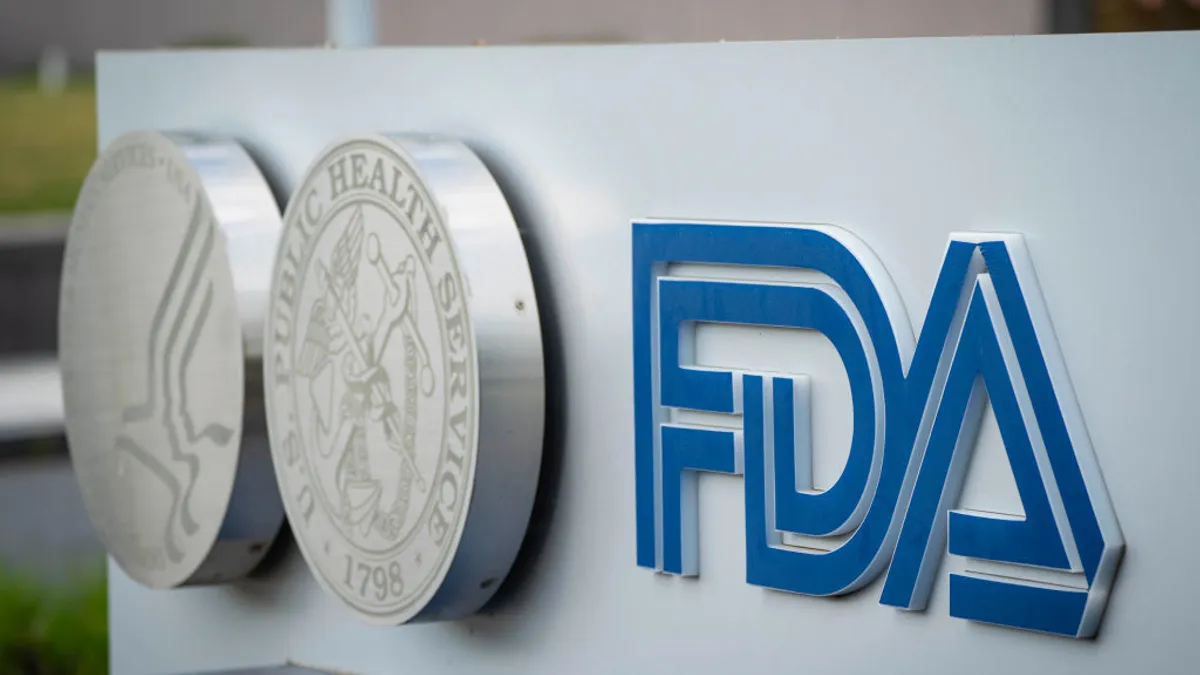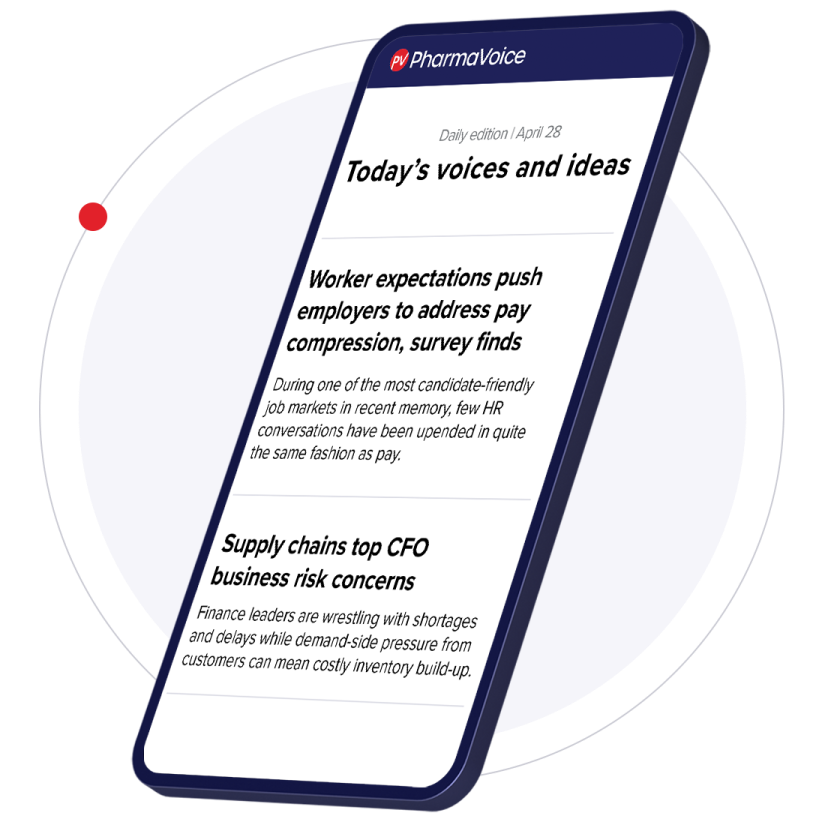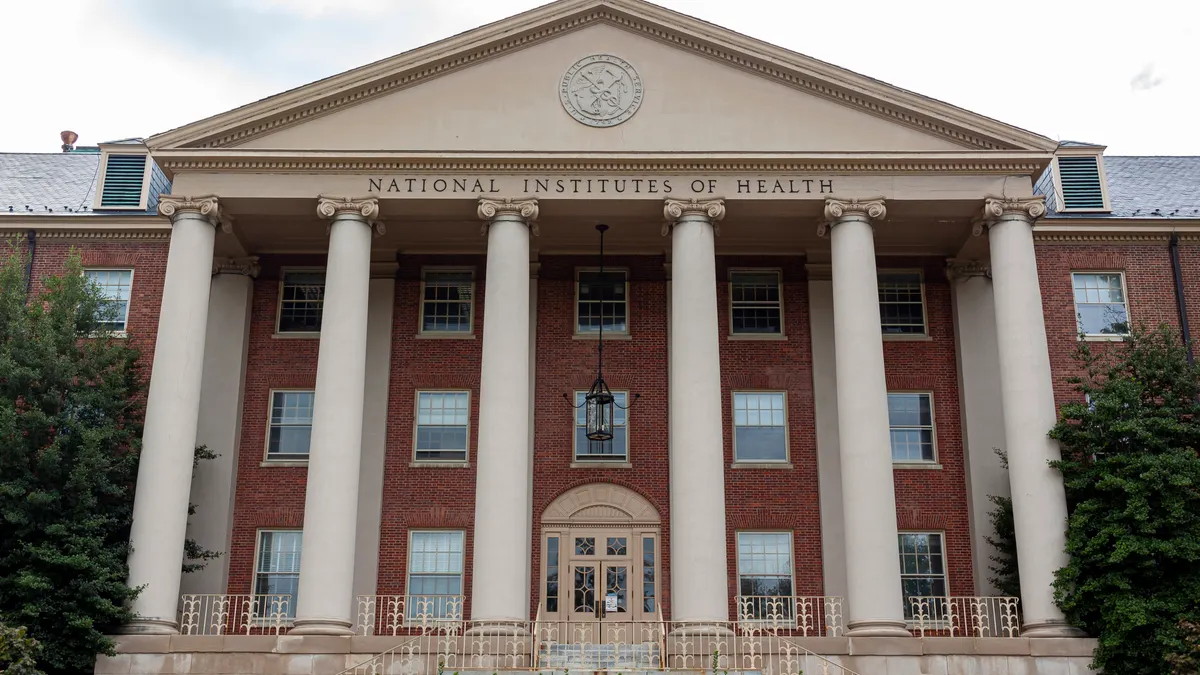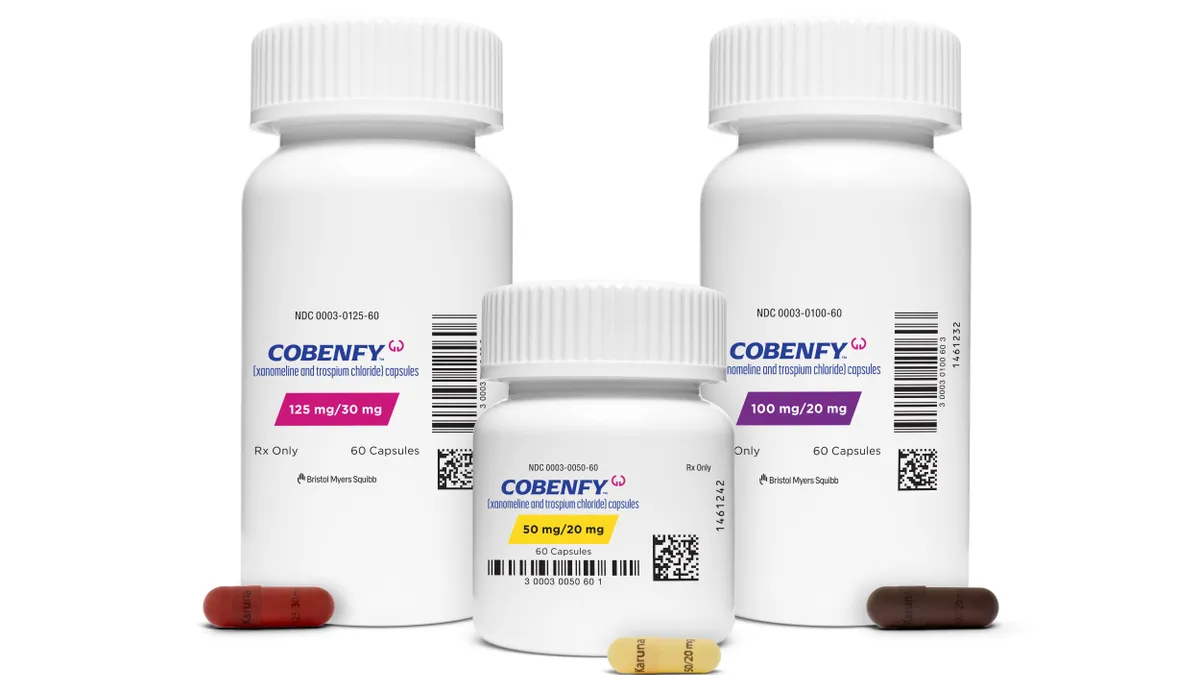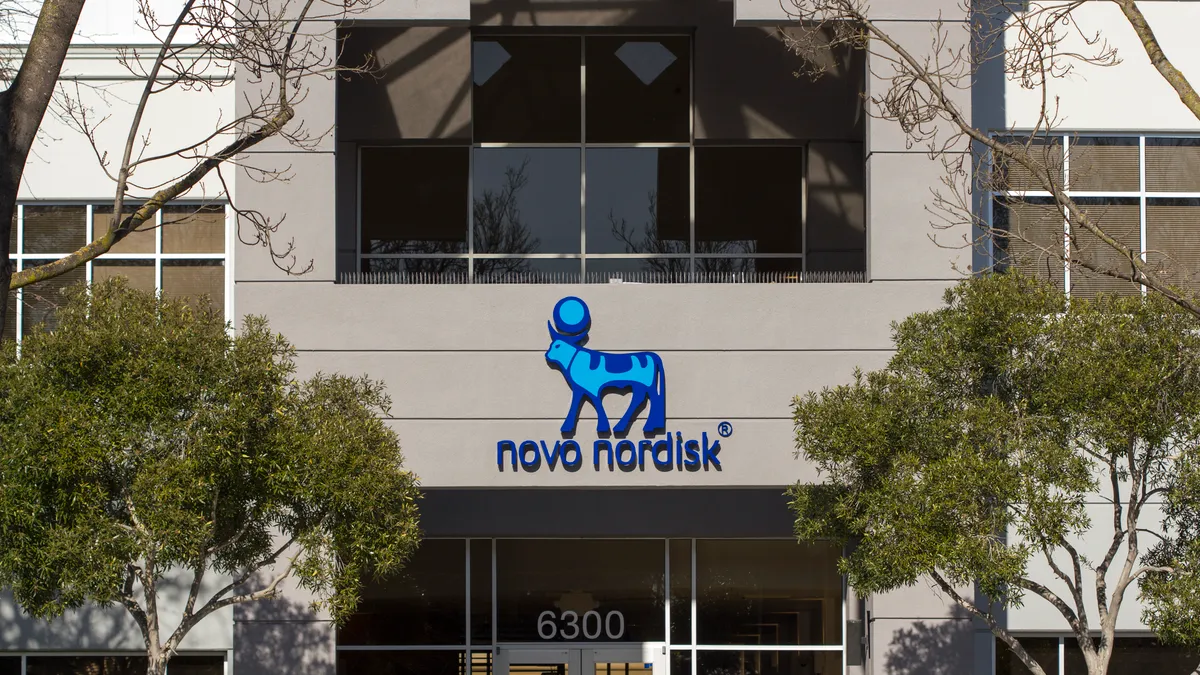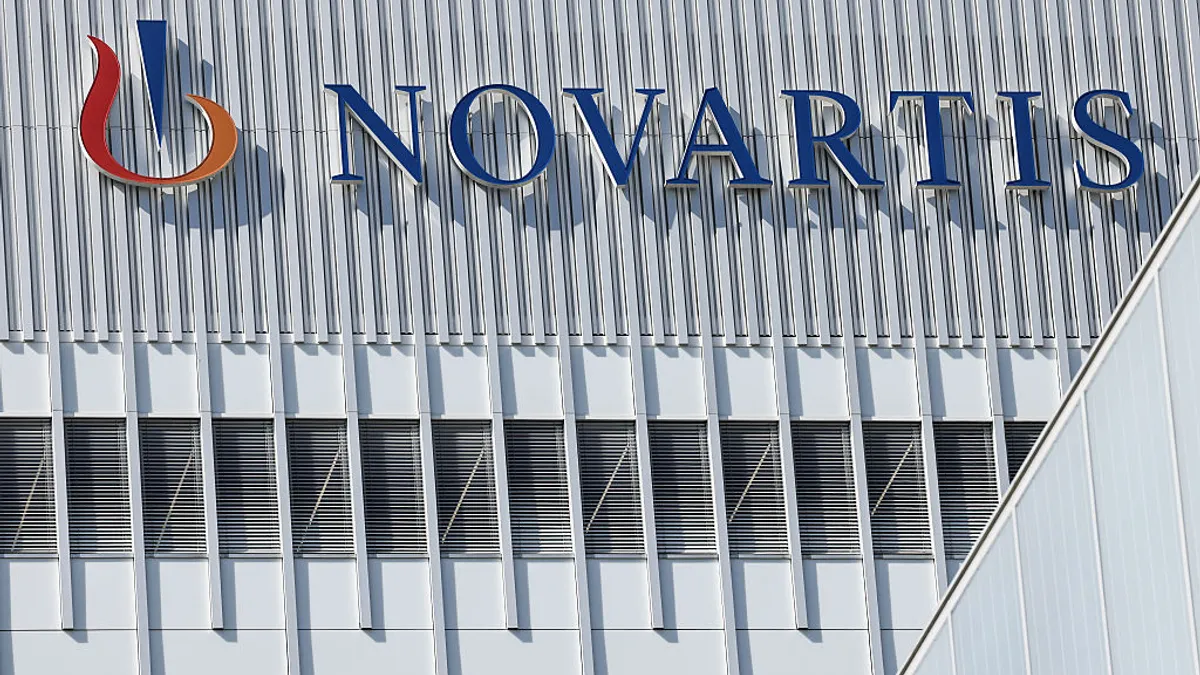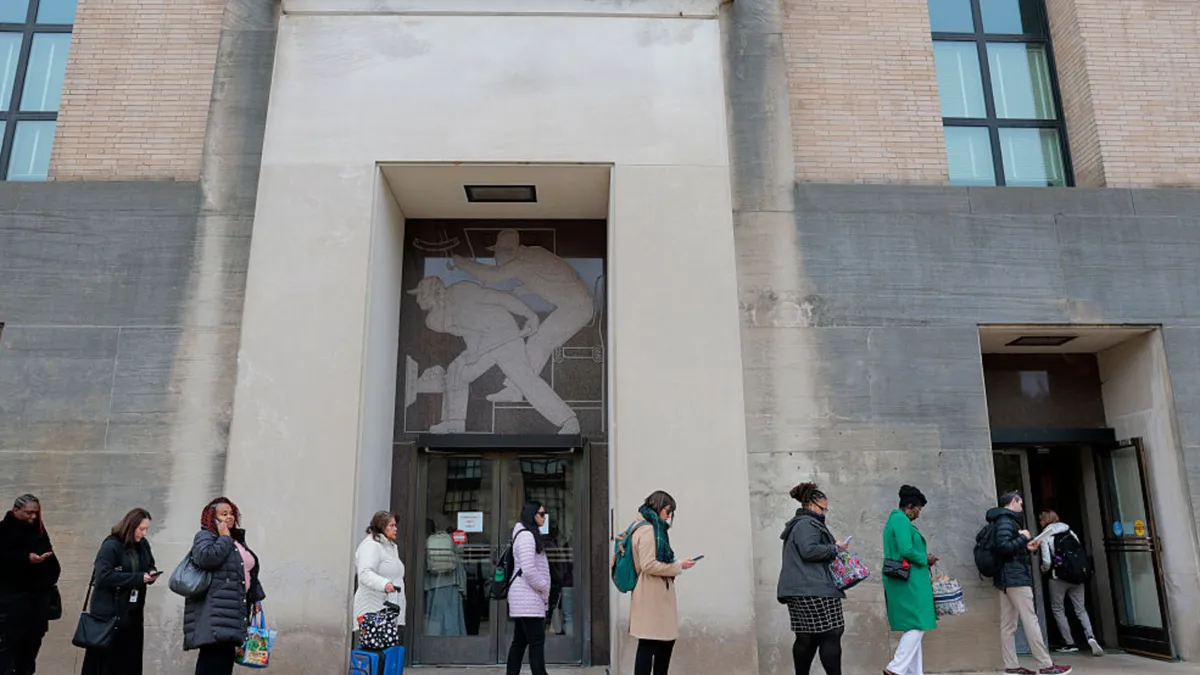Consequences of the drastic reductions in workforce at the FDA are starting to emerge.
After the Trump administration announced plans to lay off 3,500 FDA employees, experts warned that delays in the drug development process were likely to follow, and some companies are already experiencing setbacks as they seek new approvals for drugs and clinical studies.
Others are in wait-and-see mode, according to Jacqueline Berman, partner at law firm Morgan and Lewis, who said the impact hit some drugmakers harder than others.
“If [delays] are happening, they're happening on an individual, case-by-case basis, because different teams were impacted in different ways,” Berman said.
Measuring the fallout has been challenging. But as reports of disruptions crop up, drugmakers are shifting strategies to deal with slower and reduced communications with the agency.
Hearings, communications delayed
Daré Bioscience, seeking an OK to move forward with a late-stage trial for its female sexual dysfunction treatment, was waiting on guidance from the FDA for a clinical trial, but halted the study indefinitely after two delays, the company told The Wall Street Journal earlier this month.
And last week, Vanda Pharmaceuticals sued the FDA for pushing back a hearing about its rejected gastroparesis treatment, though the company has rebuffed the agency’s reasoning for the delay.
Vanda alleged that the FDA did not follow the law when the agency issued a complete response letter for tradipitant in September, while accepting an offer for a hearing in January to be held within 120 days. The FDA has since delayed that hearing and blamed it on the layoffs, according to Vanda, which prompted the company’s lawsuit. Vanda also disagreed with the FDA’s reason for moving the hearing, stating “targeted [layoffs] are not to blame for FDA's culture of delay and closemindedness.” Instead, Vanda maintained that the agency habitually skirts timeline requirements.
The FDA recently delayed a PDUFA date for NovaVax’s COVID-19 vaccine without citing a reason. NovaVax is seeking full approval for the vaccine, which is the only non-mRNA option available in the U.S. and was approved under emergency use authorization in 2022.
NovaVax said last week they received “formal communication from the FDA in the form of an information request for a postmarketing commitment to generate additional clinical data,” and the company believes the vaccine is approvable as a result of the communication, although it did not provide a new timeline for approval.
Biotech leaders are now voicing concerns about the rippling effects of these delays across the industry. Dozens of investors, executives and advocates urged Senate HELP Committee chairman Sen. Bill Cassidy, R-La., to take action in a letter this month, asking the committee to figure out where the FDA’s capabilities have been impacted by the workforce reductions and bring back those with critical institutional knowledge. They also argued delays will impact investment decisions.
“Any delays in FDA reviews will substantially impact [small, clinical-stage biotechs’] ability to secure the funding they need to continue to advance to the next stage of development,” the letter stated.
They also noted that many companies may not be experiencing any disruptions from the FDA yet because they simply don’t interact with the agency frequently. These problems may take “months or even years to emerge,” the letter stated.
Shifting strategies
A lapse in informal feedback from the FDA throughout the drug development process will also have different effects depending on the type of program, said Berman, and not all companies will face the same amount of pain as a result of potential disruptions.
“Some of the FDA review teams are more willing to have those informal exchanges and informal conversations, and some of those can be very valuable, especially when you're thinking about a product that's in clinical trials, or nearing clinical trials, where it's really innovative technology and you need piecemeal feedback as the program progresses,” she said. "In other cases, companies can wait until those milestone meetings, like the end of [a] phase 2, and then gather all their questions up.”
The delays, while not hitting all drugmakers, may prompt some companies to prepare for fewer interactions with the agency. With potentially less feedback, drugmakers will want to make the most out of the time and responses they do receive, she said.
“Everybody is trying to see what's going to happen for their individual development programs,” Berman said. “It's causing companies to think about how [they can] tighten up their programs [and] procedures to make sure that for any particular submission, any particular communication, it's as useful as possible to help a development program move forward.”
That includes ensuring they’re asking the agency the right questions and deciding where feedback is needed in a program. While not a huge difference from past practices, the strategy requires drugmakers to anticipate change.
“It all goes to an overall theme that whether and how this impacts drug development is really going to be company by company, program by program,” she said.



